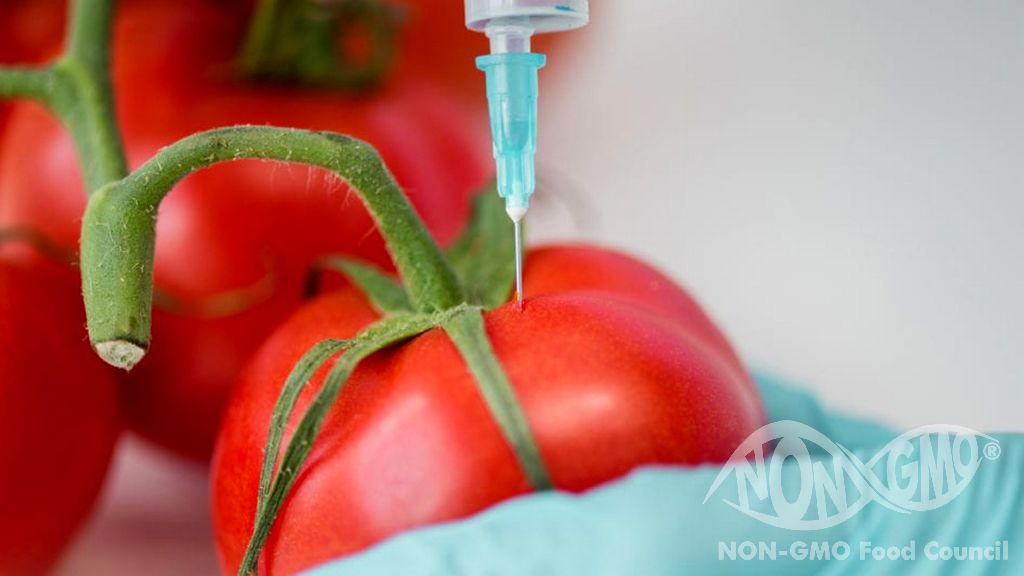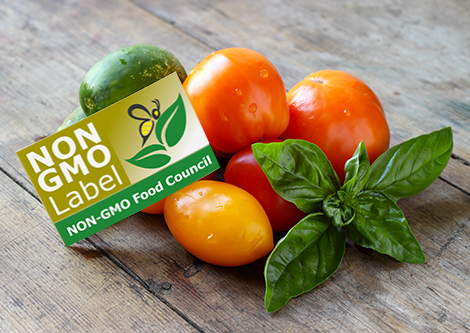The topic of GMOs is a polarizing one. Pro-GMOs argue that GMOs are not only safe for us and the environment, but also a potentially very beneficial development.

Anti-GMOs argue that the risk of negative consequences for our environment is high and very difficult to predict. It is important to determine the extent of possible damage to our environment due to the spread of GMO genes to wild plants and microbes. GM plants can have short- and long-term effects on the environment.
Different kinds of modifications are introduced to the crops. The most common types of modifications include: pesticide resistance, disease resistance, and drought tolerance. Other, more superficial changes can be made to the crops we encounter on a regular basis.
Some Potential Environmental Consequences include:
Scientists have imparted pesticide resistance to these crops, which has caused controversy when pesticides like Roundup are oversprayed. By using such large amounts of chemicals to control weeds in crops, weeds begin to develop their own resistance to pesticides, thus creating 'super weeds'. This phenomenon is called gene transfer.
Seed dispersal and pollen transfer caused by wind, animals and agricultural equipment contribute to gene transfer.
There are many studies examining the potential environmental and ecological risks of GMOs. These studies show an increased risk of hybridization between GM crops.
This weakens scientists' control over GM crops and leads to the evolution of weed species that carry genetic modification (such as pesticide resistance). When weeds acquire pesticide resistant DNA from GM crops, this completely defeats the purpose of modifying crops.
While there is some widely accepted evidence for these negative effects on the environment, and there is a lack of evidence to the contrary, there are convincing statistics of possible benefits to the environment.
Evidence has shown a significant reduction in pesticide and insecticide use with the introduction of GM crops. Brookes and Barfoot point to a global trend to reduce greenhouse gas emissions since the increased use of GMOs.
They explain that the pest resistance and repellent properties cultivated in the DNA of the crop have led to a reduced requirement for pesticide and insecticide use. This global decline in the amount and frequency of pesticide use means fewer pesticide spraying instances reduce fuel use, thus reducing greenhouse gas emissions.
For such a complex issue, one thing is clear: the use of GMOs and their impact on the environment (positive or negative) must be measured effectively so we can isolate trends and find a clearer answer as to whether they are.
Do not hesitate to contact our expert team to get detailed information about the GMO Free and NON GMO label and certification, or to apply for certification.
